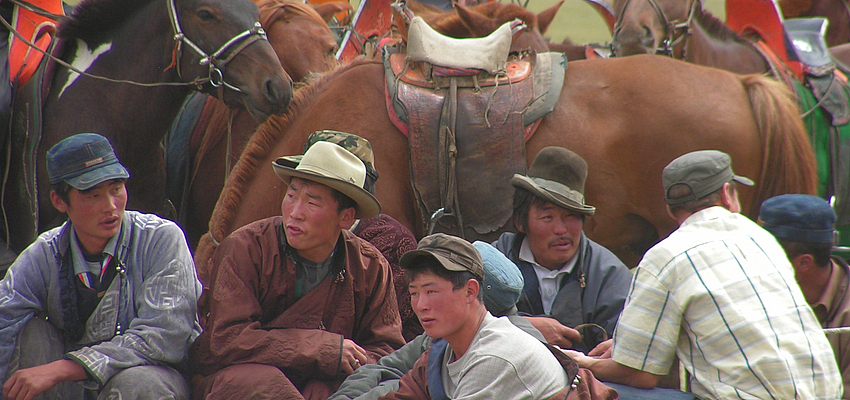


Before you set off on your trip to Mongolia, let me fill you in on the country's history! It all started with the Mongol Empire, which flourished under the leadership of Genghis Khan, AKA the 'Great Khan'.
Mongolia's first inhabitants appeared 500,000 years ago. The earliest tribe was the Uighur, who originated in Central Asia, and settled in Mongolia between 1600 and 1160BC. Their influence on Mongolian culture is significant. 1155 saw the birth of Temüjin, who became the legendary Great Khan, a Mongolian warrior whose reign marked a turning point in the country's fortunes and whose name has gone down in history.
In 1206 he became the Mongols' Emperor. The Mongols' impressive conquests began at this point in time. At its peak, the Empire controlled most of China, Korea, Indochina, Burma, Iran, Iraq, Asia Minor, Russia, Poland, Hungary, as well as parts of Siberia and the Balkans.
The expansion of the Mongol Empire drew to a close in 1260 and the death of Genghis Khan marked the beginning of the end. By 1650 the Chinese Qing Dynasty had taken over control of Mongolia. The country won its independence in 1911. It was governed by Bogd Gegen, one of the most important figuresin Mongolian history. In 1919, the Chinese tried to take power, but they were beaten back by a Russian intervention.
1921 witnessed the Communist Revoluion and Mongolia became the first country, after the USSR, to turn to communism. Upon the death of Bogd Gegen in 1924, the Mongolian People's Republic was born. And in 1935 it faced an invasion of Inner Mongolia by the Japanese. The USSR came to Mongolia's help and in 1939 the Japanese beat a retreat. In 1961 Mongolia joined the UN. It maintained very strong ties with Moscow, Russian aid being important to its survival.

When Russia stopped aid to the country and demanded that 6 billion dollars in loans be repaid, the Mongolian economy plunged into a depression. A quarter of the population fell into poverty and thousands of unemployed people returned to life in yurts. In the 90's, the country veered towards democracy. And a transition from communism to capitalism began. Mongolia forged links with neighbouring Japan and Korea, whilst keeping on good political terms with China and Russia.
The 800th centenary of the Mongolian Empire was celebrated in 2006. The Mongolian economy saw economic growth, thanks to Chinese demand for mineral resources including carbon, copper and iron. But inequality still exists today and you won't be able to turn a blind eye during your holiday in the country.